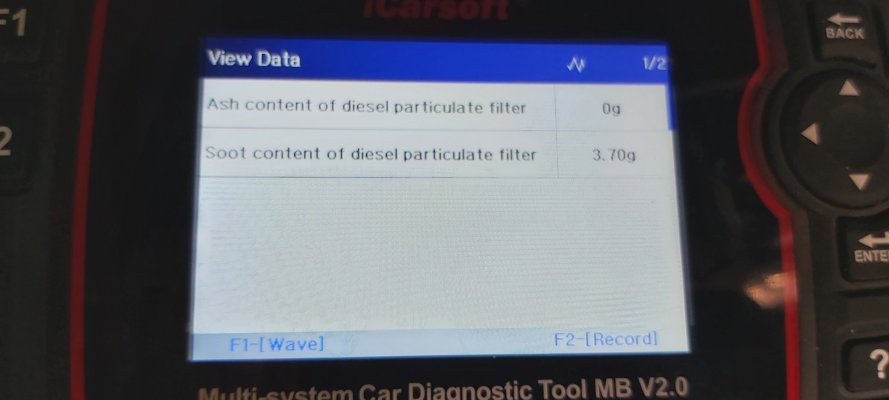If you delete the EGR your car is no longer legal to use on the road, because it is no longer emissions-compliant. Presumably that doesn't bother you?
Thanks E55BOF, but who is that question addressed to?
If that's targeted at me, I thought I made my reasons for wanting to know this clear.
1. I'm scientifically interested in why EGR delete would cause the claimed increase in soot in the DPF.
2. I'm interested in a bog standard remap. Because the EGR delete to me would intuitive REDUCE soot (and therefore I presume reduce soot in the DPF), on the face of it claims from a remapper that it increases soot worries me, because it makes me question the capability of the remapper to do that standard stage 1 remap.
As previously stated, there might be other factors at play, which is why I am trying to understand that. I am not seeking to do an EGR delete. I haven't seen anyone else in this thread seeking to do an EGR delete. I don't want to do a DPF delete.
Can I please ask what should bother me about making sure the remapper is competent and knows what they are talking about?
Or is the comment directed at someone else doing an EGR delete?
I think there could be a misunderstanding here, so I'm sure we can easily clear that up.




